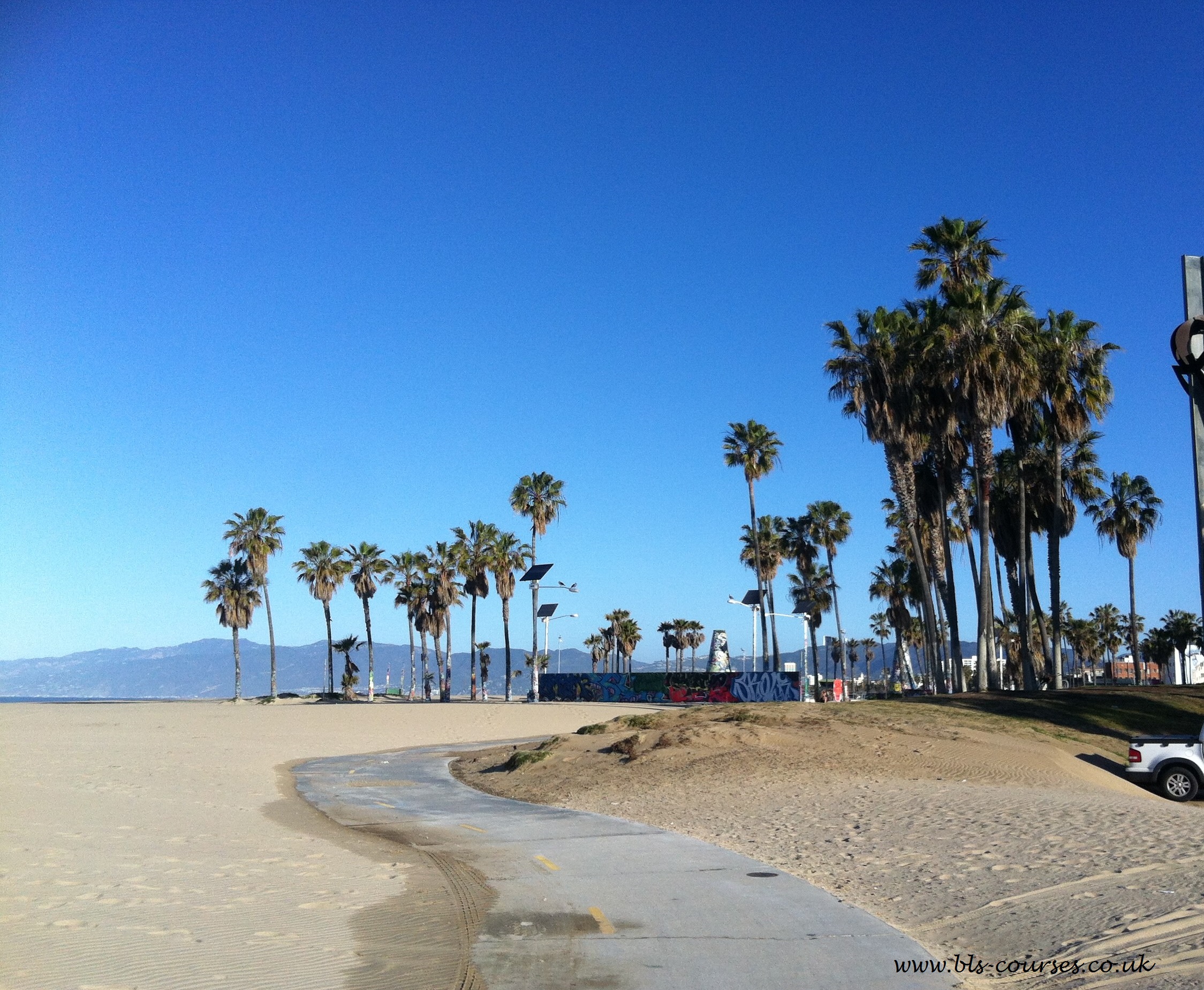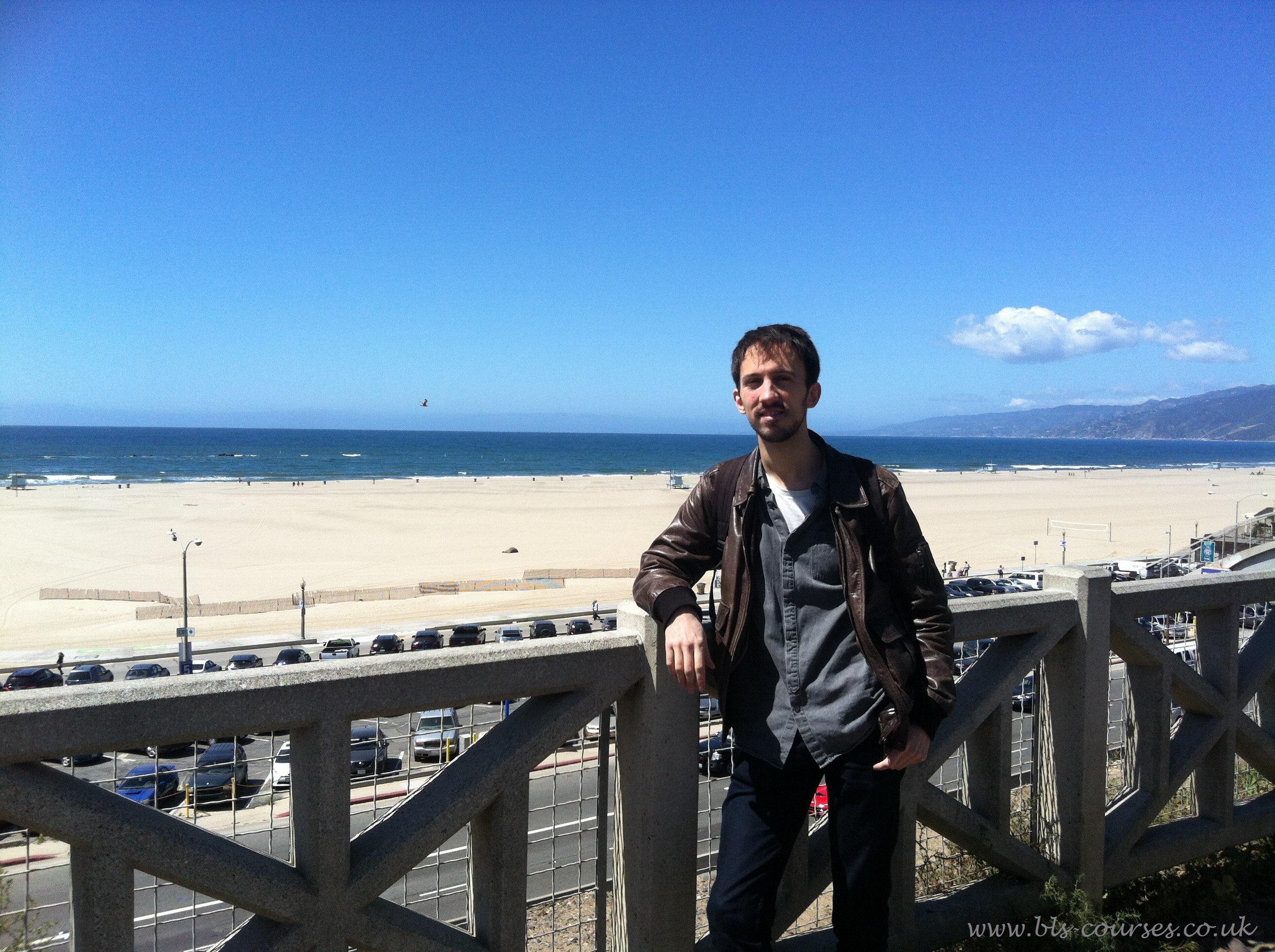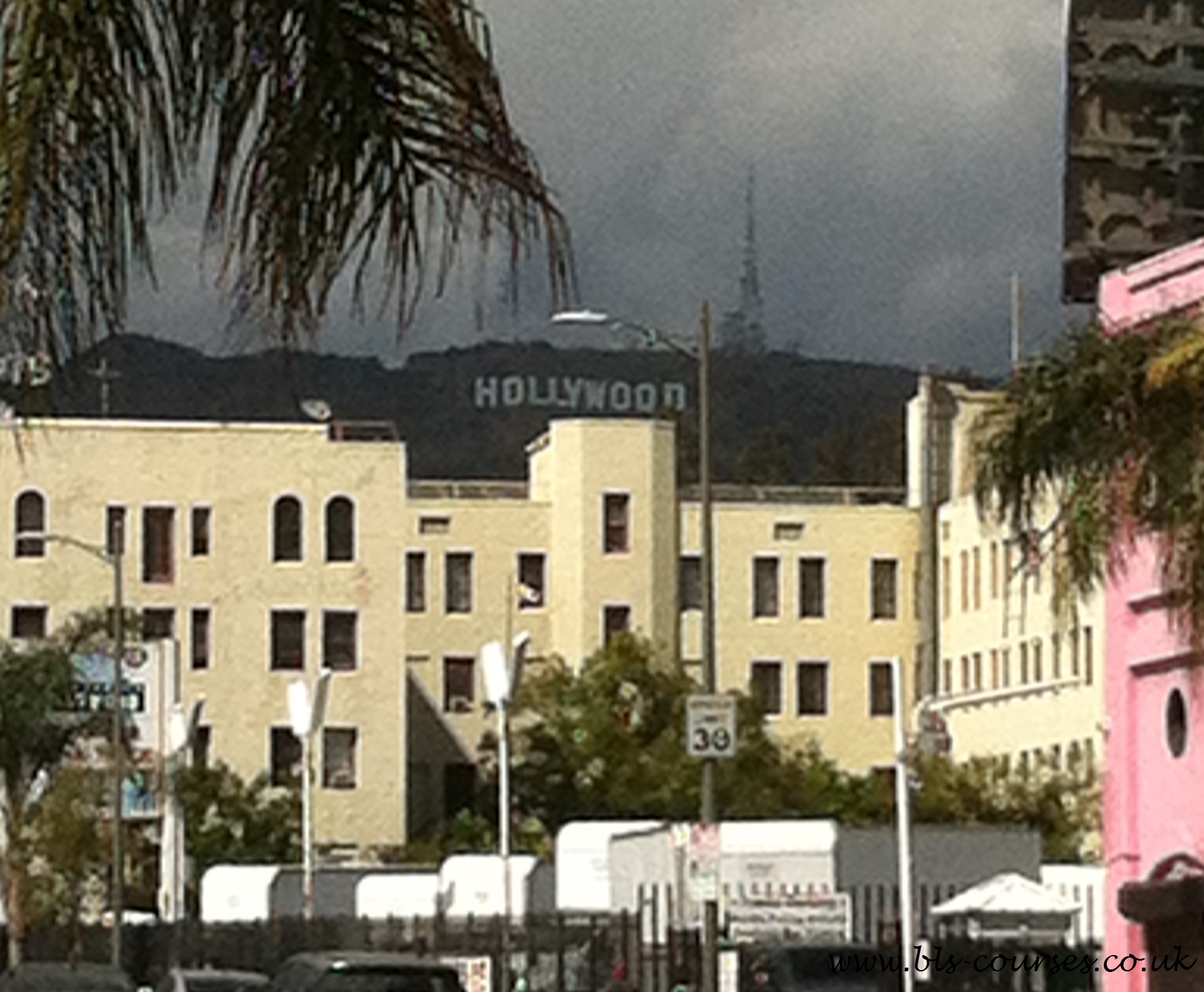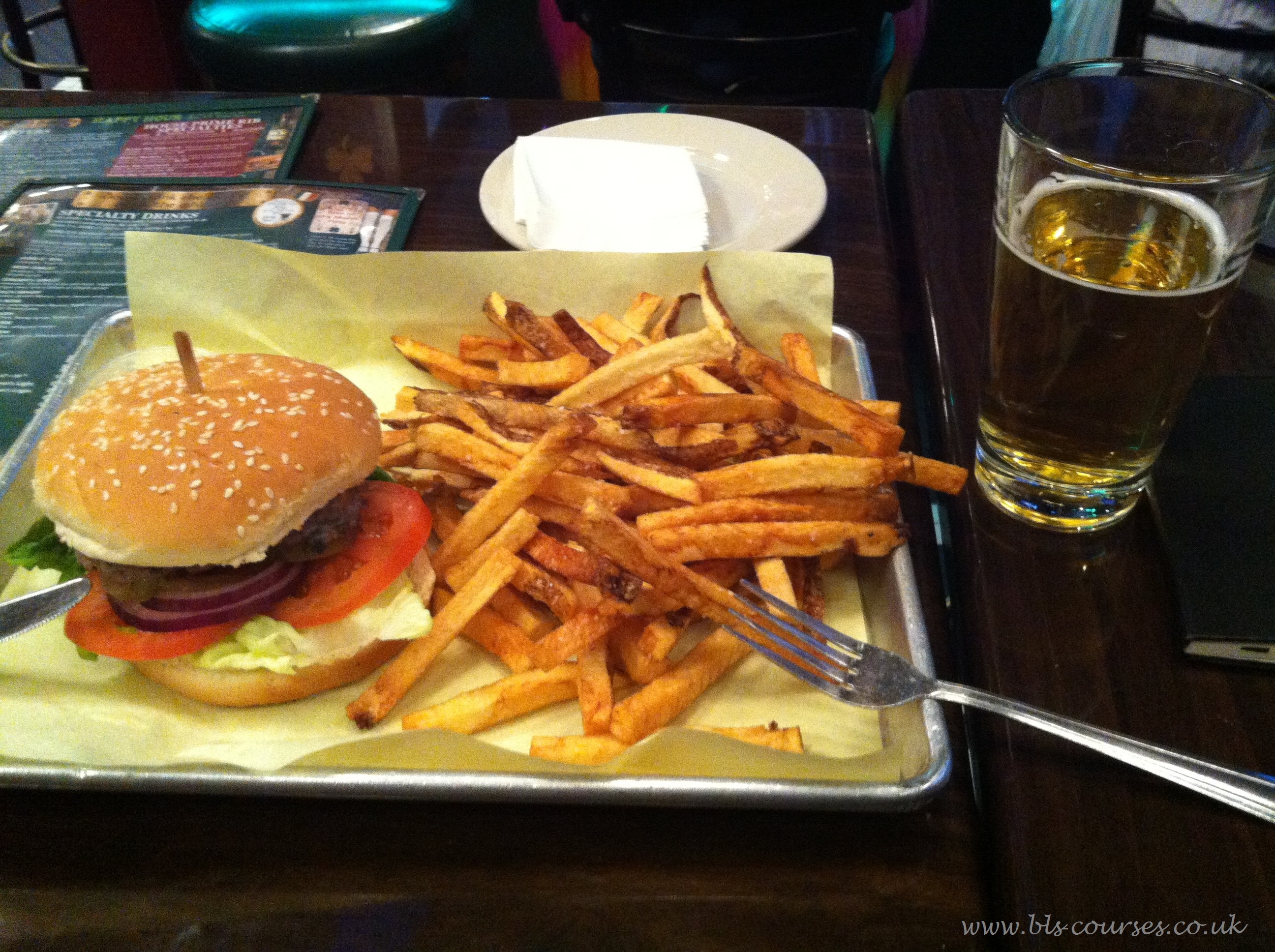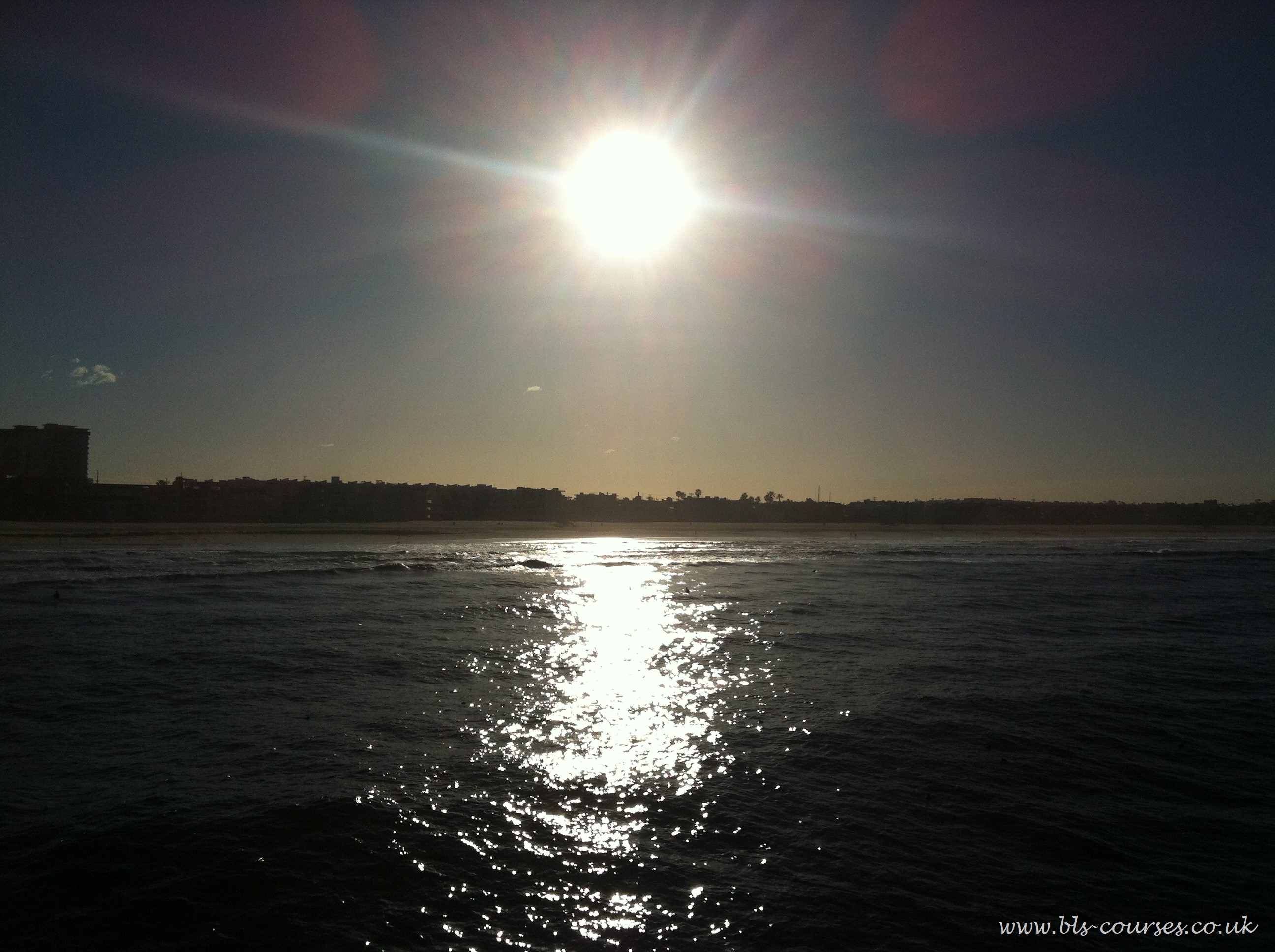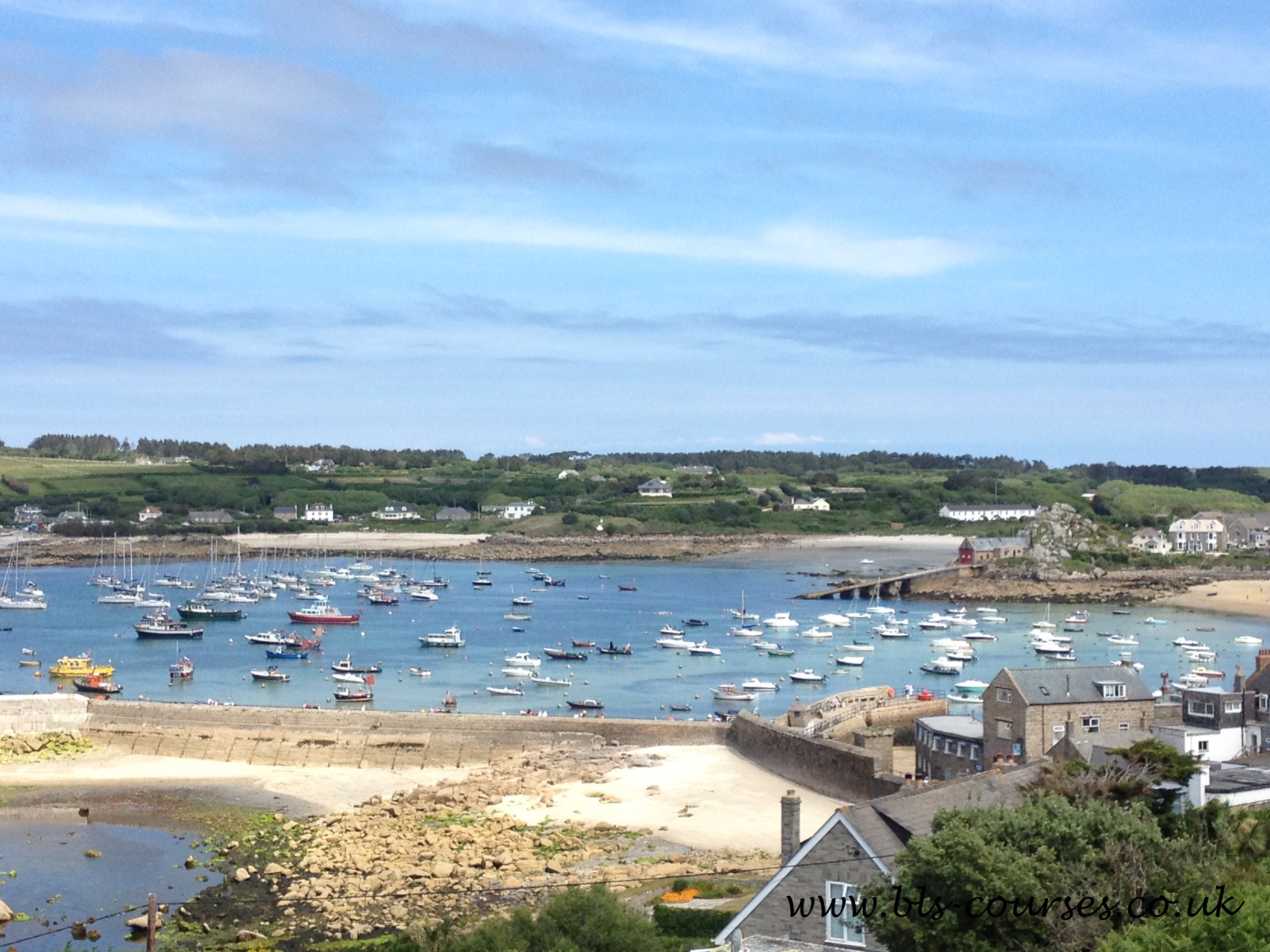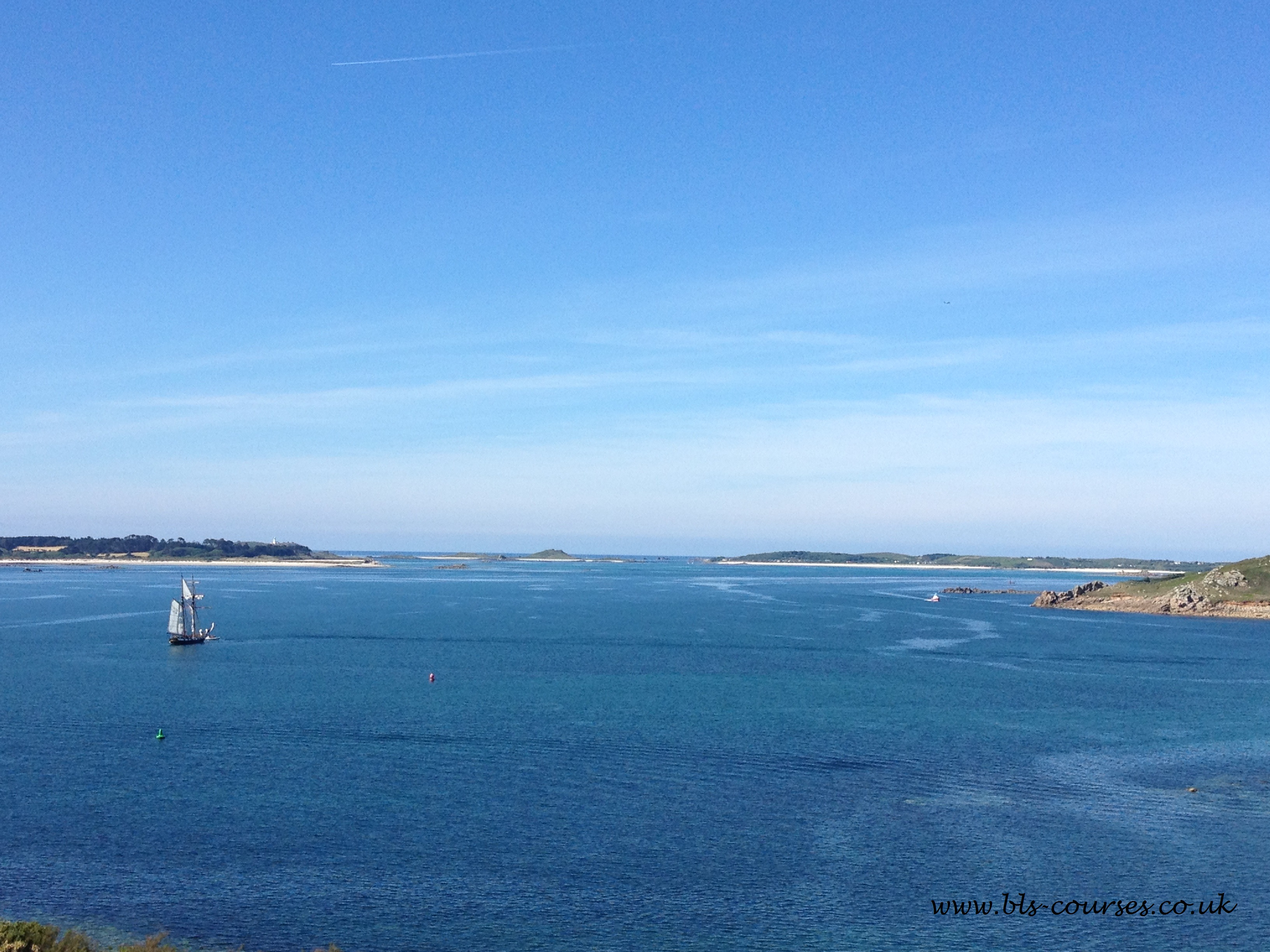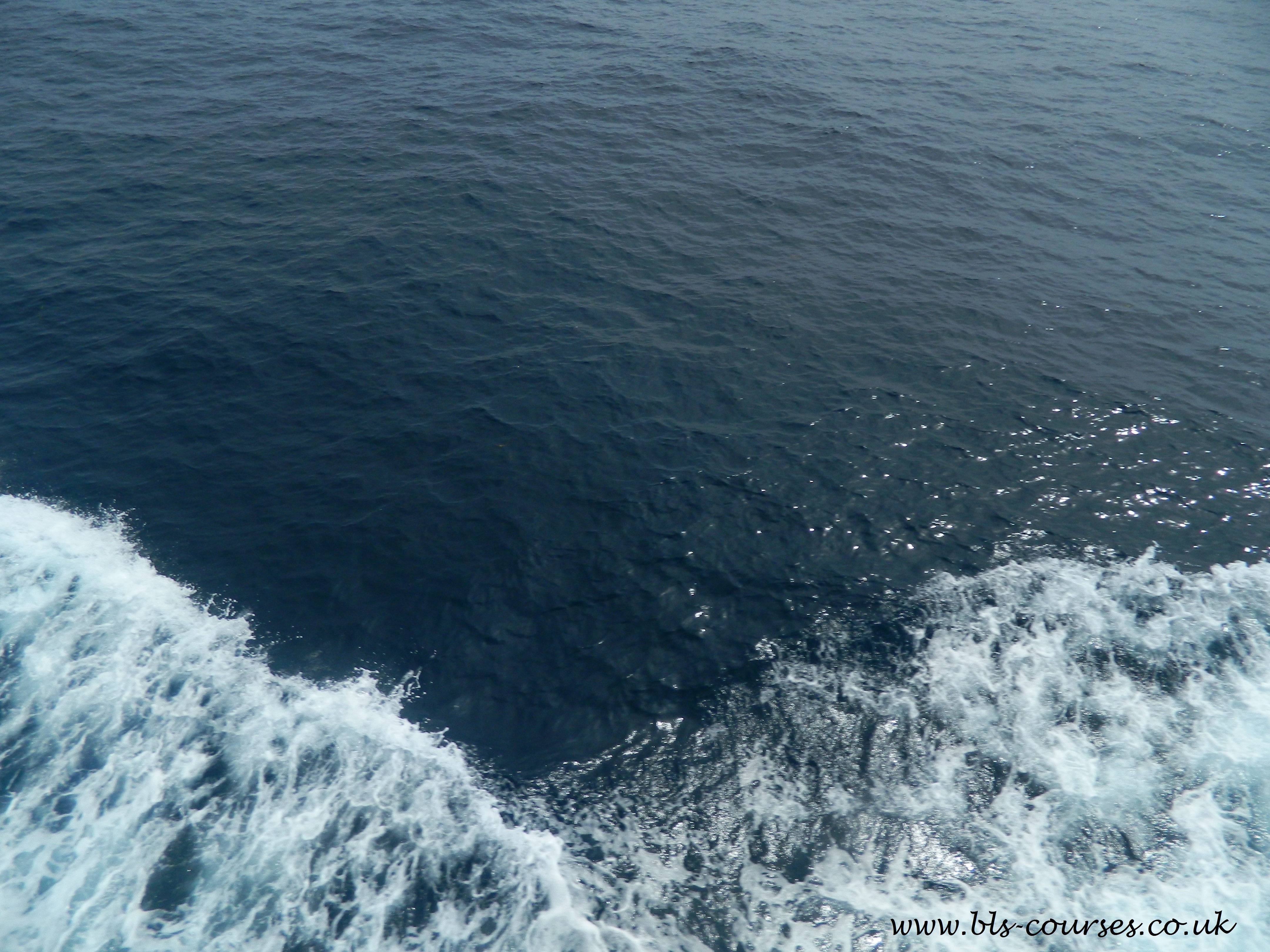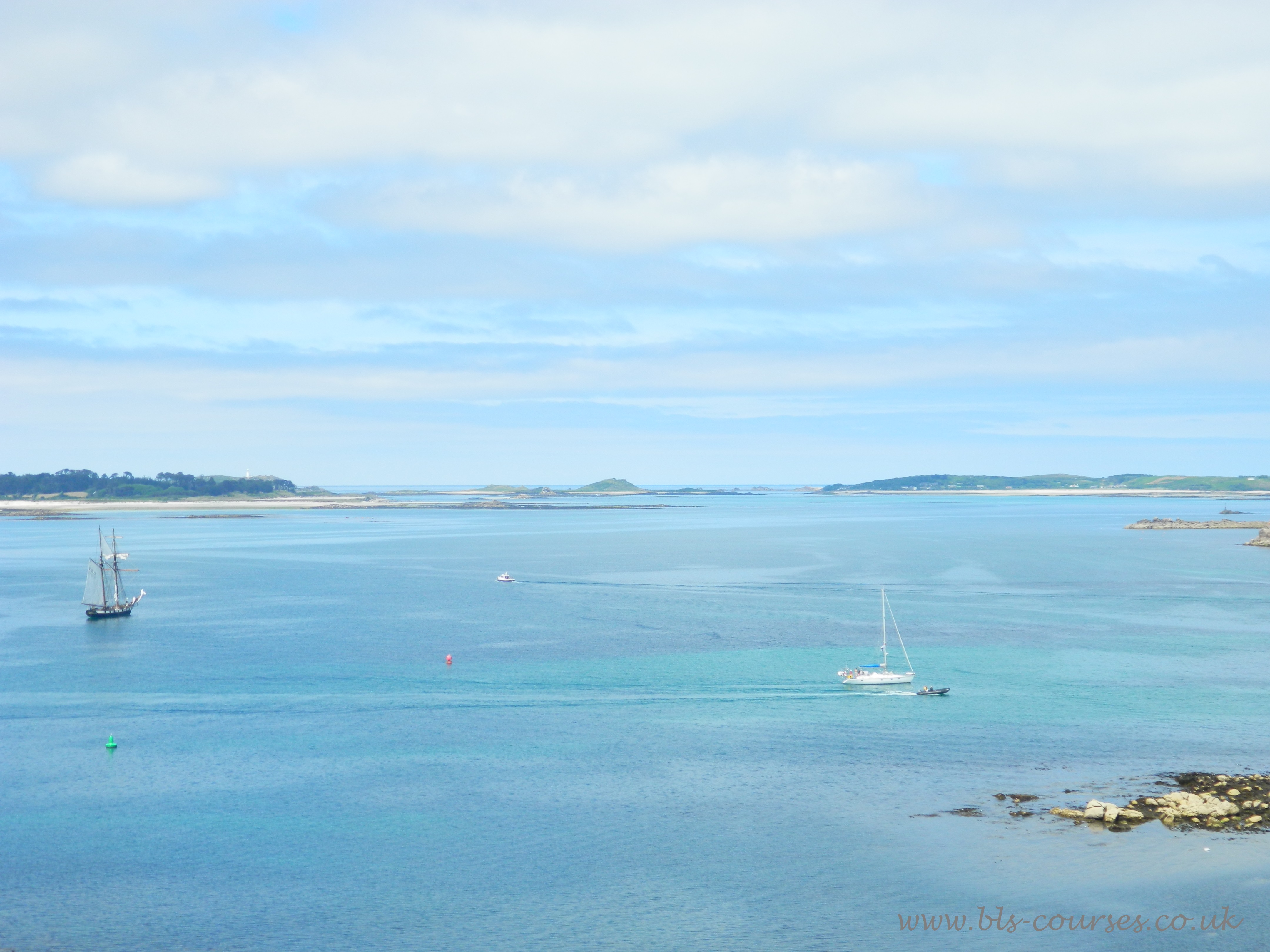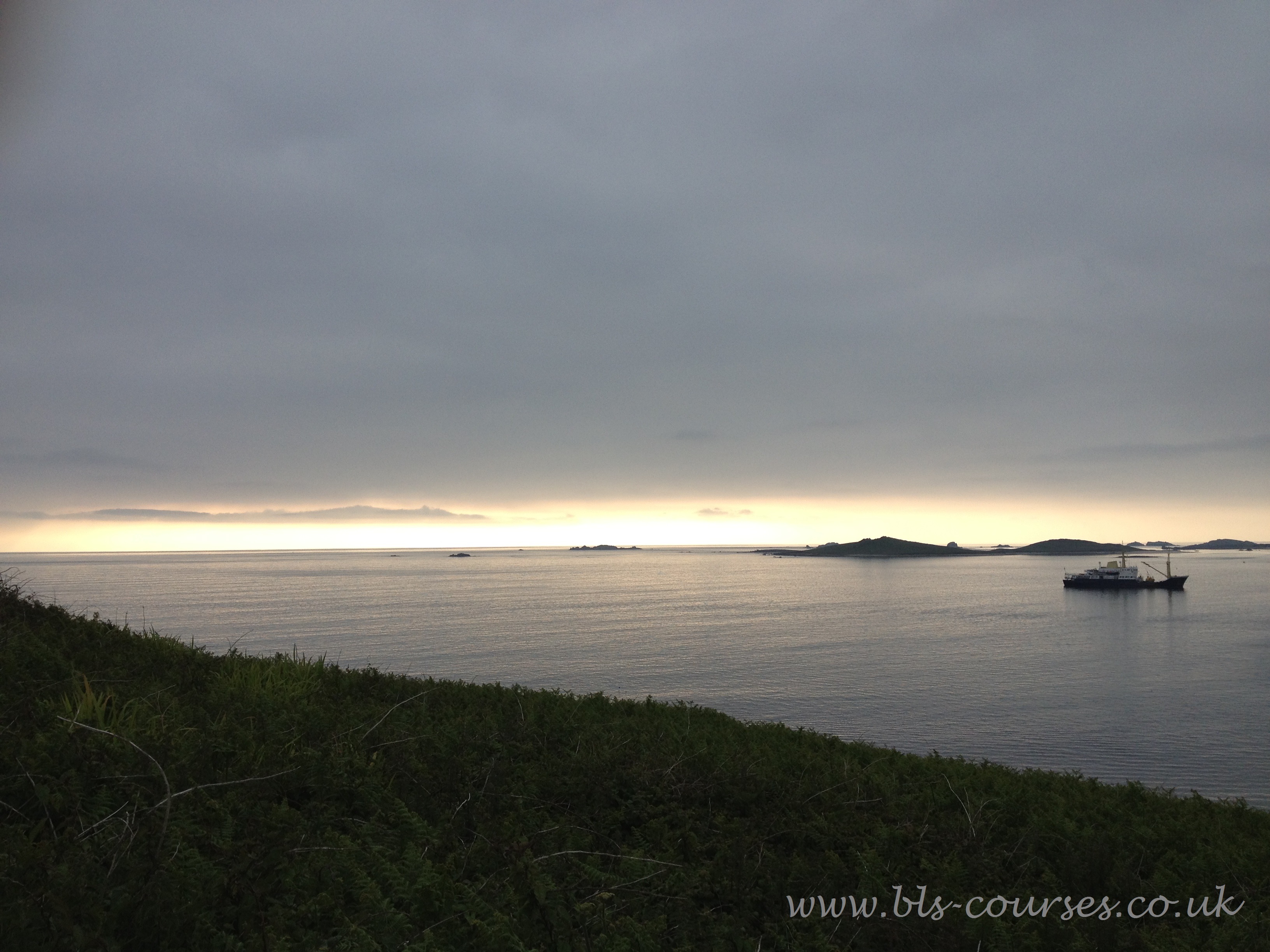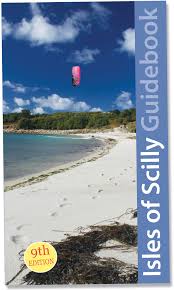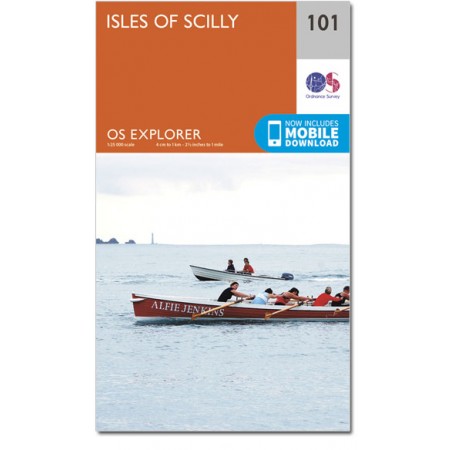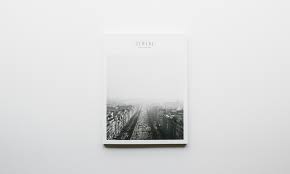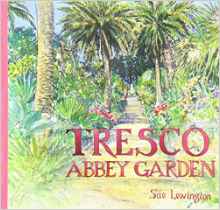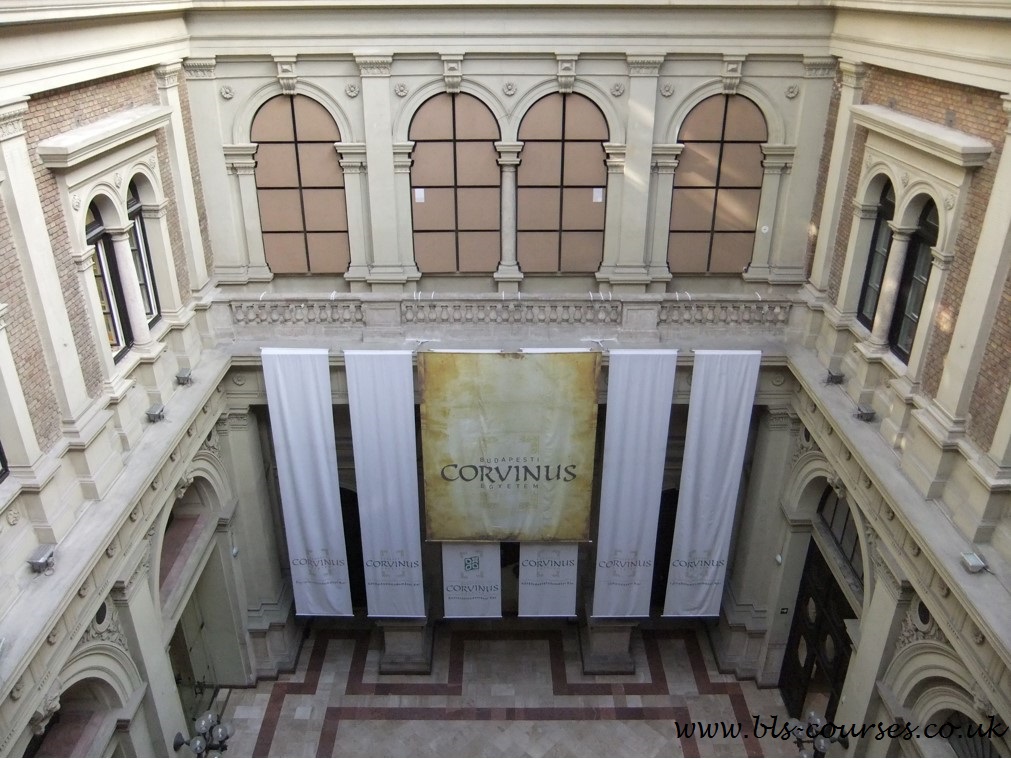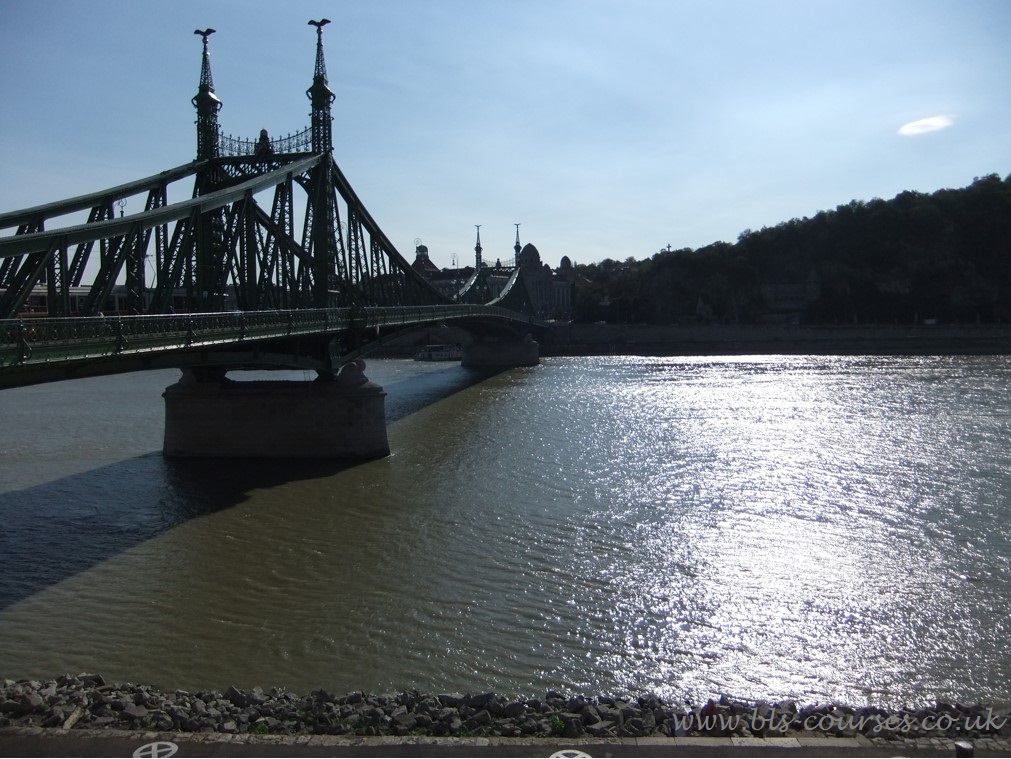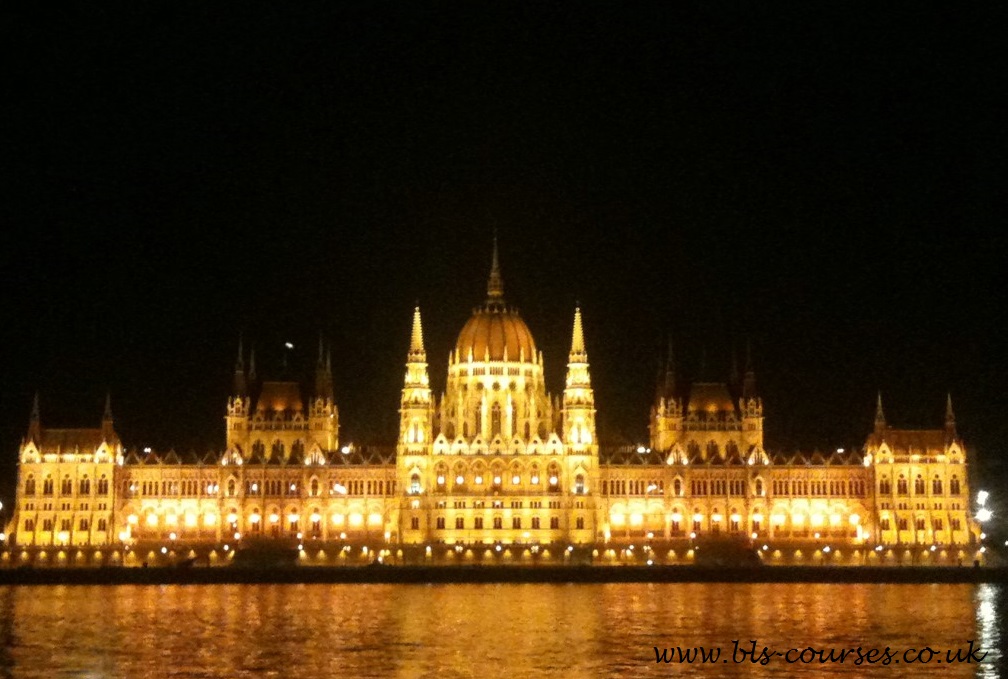Estimates say that there are up to 7,000 languages spoken in the world today (in around 200 states!). Some languages have millions of speakers and some have just a few thousand speakers. But with so many languages to choose from, how do you decide which one to learn? This blog post gives you a few ideas on how to make the decision.
Does it match your interests?
Have you heard a song that you like in another language and you want to know what it says? Do you enjoy books by Sándor Márai or Milan Kundera? Do you like Italian food? Do you like going on holiday in a particular location? If you learn a language that is linked to something you enjoy, you are likely to get more out of it and remember it better. If the language has relevance to your life, what you learn will stay with you.
Do you know people who speak it?
Some people are inspired to learn a language because they have friends or partners who speak it. If you have a partner whose first language is different from your own, think about whether you need to learn it to speak to their family, their parents and siblings, or their friends. If you go and visit their family, do you want to be able to speak to the people they grew up with? Do you want to be able to go out and interact with local people? It is also a way to get to know a person better if you understand the language they think in, the language they spent their childhood years speaking. You can show how much you care about them by learning the language that is dear to them and learning about their culture. Your partner is also a good person to practice your new-found skills with – they can teach you and correct you and will want to help.
Will it be useful for your work?
Has the company you work for just signed a deal with a German business? Have you just started importing products from Japan? Is it going to give you the opportunity to work with your new colleagues if you learn their language? Could you get new tasks and responsibilitites or even a promotion if you learn it? Or do you want to look for a new, exciting job? What about one that gives you the opportunity to travel? If you are looking for a change or a challenge in your career, learning a new language could be the perfect thing for you.
Do you want to move to a new country?
In today’s world, more and more people are emigrating and making a new life in a new country – for work or to have a new experience. If you want to integrate in the country you wish to move to it is a good idea to learn the language spoken there, and you can give yourself a head start by learning some of it before you leave. Learning the language will also help you get to know the country, understand the way things work, its politics and its culture. The transition to life there will be smoother if you already understand some of the language when you get there.
Will it be useful in the future?
Some countries, like India, Bolivia, Morocco or Brazil, have economies that are developing fast and countries that are likely to become politically important on the global stage in the not-too-distant future, like Turkey. It can be beneficial to learn the languages of those countries to be able to find employment working in or with them in the future.
Do you want to have fun?
Some people just enjoy learning languages, out of intellectual interest or as a challenge. If you are one of these people, you can pick any language you like – because you like the way it sounds, because you like the look of the alphabet, because you like how logical it is…you name it!
BLS wishes you good luck in your learning, whichever language you choose!
Written by Suzannah Young
